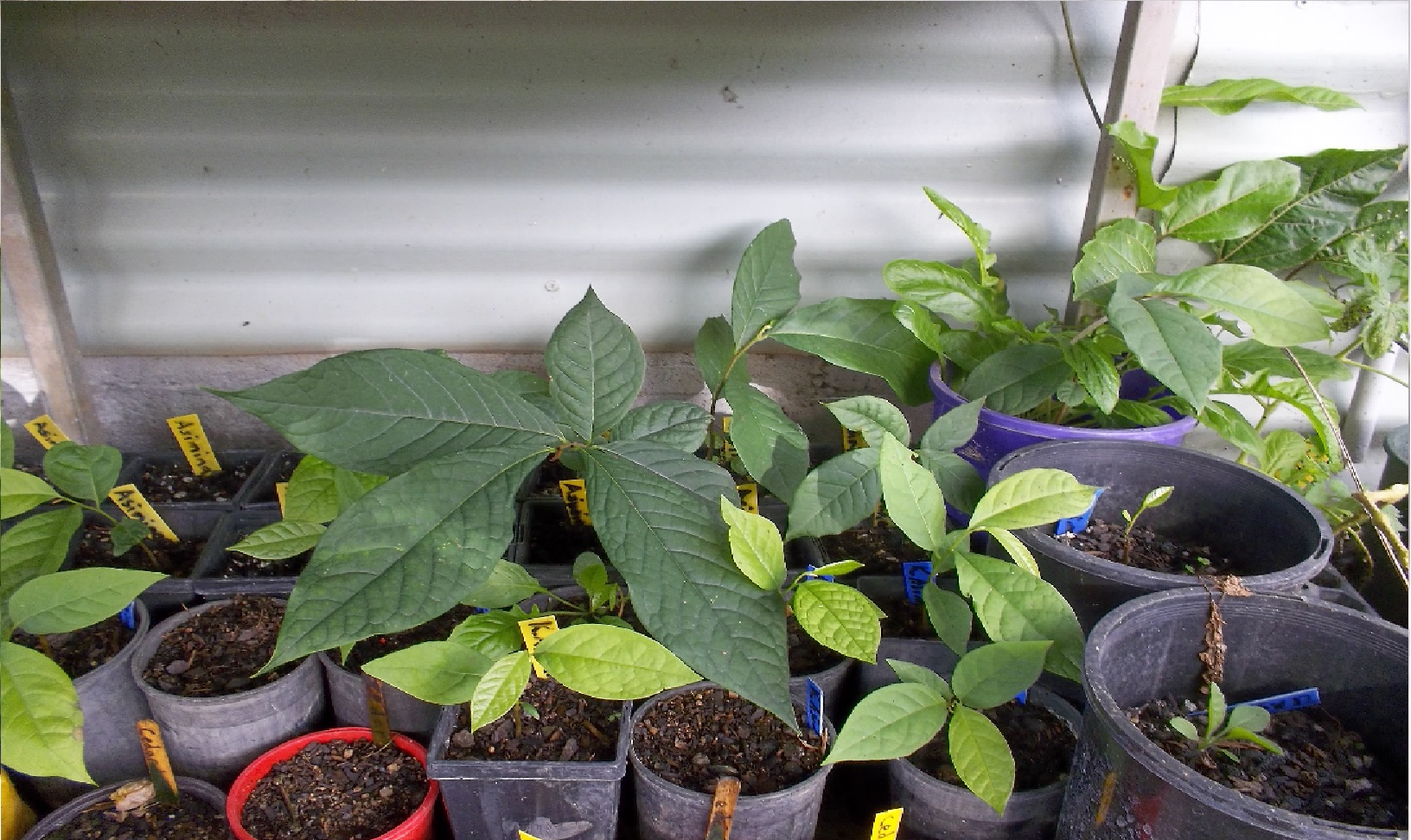Description
Asimina triloba, American Paw Paw (20 Seeds)
Asimina Triloba
Small Deciduous Fruit Tree

Asimina triloba, the papaw, pawpaw, paw paw, or paw-paw, among many regional names, is a small deciduous tree native to the eastern United States and Canada, producing a large, yellowish-green to brown fruit. It belongs to the genus Asimina in the same plant family as the custard-apple, cherimoya, sweetsop, ylang-ylang, and soursop.
Wikipedia
Higher classification: Asimina
Scientific name: Asimina triloba
Family: Annonaceae
Kingdom: Plant
Order: Magnoliales
Biological rank: Species
Grow Notes

Things to remember with asimina triloba to get the best success
Either refrigerate or plant immediately they arrive – (planting 1st preference)
They have already been stratified the required 3 months and are ready to plant
1 Soak 2 mins 5% bleach water rinse well with clean water. (some seeds float – it’s OK)
2 Plant 1 inch deep in well draining potting mix in tall pots (like citrus pots or bags) as they have large tap roots and need to get them established in 1st year. They put the roots down first, then the seed head comes up out of the ground
3 Shade only or dappled light 2 years
4 Plant in groves, in 1/2 shade, protected from hot western sun and hot winds.
5 Love to grow on stream banks and creek flats where they can get roots into underground water table.
6 Will handle snow but not frozen ground.
7) Don’t let them dry out, they love water.
8) Under-story and waters edge plant

These are rare plants and only just been taken off the endangered list – so they can be a bit tricky to grow – they can also take 9 months to germinate, which is a really long time when you are waiting.
Because our sun is so much hotter than their home environment they will need 1/2 shade, afternoon shade is best, after they are 2 years old. Before that time they like quite deep shade, then dappled light then 1/2 shade, etc. They are under-story plants that grow along streams and on lake shores, under bigger trees. They will also need protection from hot winds, they can handle very cold weather, but not frozen ground.


 or 4 payments of
or 4 payments of 